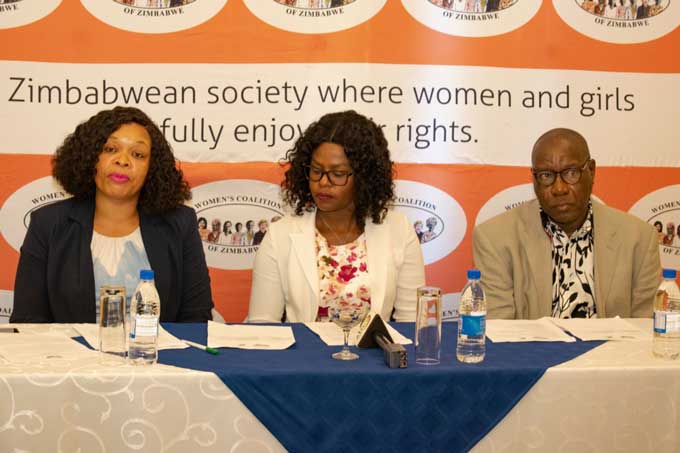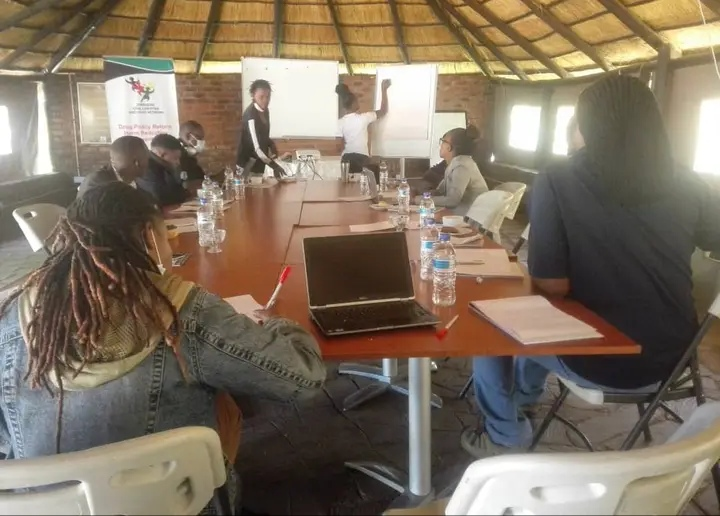
TWO days away from World Aids Day (WAD) commemorations, Zimbabwe still stands on its commitment and aspiration for an Aids free generation and seeks to reduce new HIV infections among adults, adolescents and young people (15- 24 years) and children 0-14 years by 80% by 2025 .
This, according to National Aids Council (NAC) director Bernard Madzima will be achieved through prioritising strengthening of the community response and establishing a long term plan for increasing investment to community based interventions.
Speaking recently during a 2021 Zimbabwe mini Biomedial HIV Prevention Forum, Madzima said Zimbabwe supports the vision of achieving an Africa free of new HIV infections (AfNHi).
Although HIV prevalence in Zimbabwe has been declining over time it still remains unacceptably high. According to 2018 HIV estimates (NAC, MoHCC and UNAIDS, 2019), the prevalence among adults 15-49 years declined from 13.79% in 2015 to 12.78% in 2018.
“The prevalence among young females is almost twice the HIV prevalence among their male peers,” said Madzima.
On key populations Madzima said HIV prevalence among men who have sex with men (MSM) and transgender women / genderqueer individuals is at 17.1% and 28% respectively.
“Studies show that key populations have a higher HIV burden than in the general male population. The same is true for female sex workers (FSW) at a 60% HIV prevalence rate,” said Madzima who added that
HIV prevalence in Zimbabwe increases by age.
- Chamisa under fire over US$120K donation
- Mavhunga puts DeMbare into Chibuku quarterfinals
- Pension funds bet on Cabora Bassa oilfields
- Councils defy govt fire tender directive
Keep Reading
“Data from the 2015 Zimbabwe Population Based HIV Impact Assessment (ZIMPHIA) (MoHCC, 2019) shows that prevalence peaked at 28.1% among males 50-54 years and at 29.5% among females aged 35-49 years,” he said.
New infections among adults 15+ years and children declined nationally. The national HIV estimates for 2015-2018 also show age variations in which adults 15-49 years have a higher prevalence (12.78%) than children aged 0-14 years (1.46%). For the age group 15-24 years, prevalence among females is almost twice that of males (ZNAPS IV 2021-2025).
“Age is therefore a critical factor that needs HIV interventions informed by biomedical research,” noted Madzima.
Meanwhile empirical evidence has shown that there are geographical variations in HIV prevalence across provinces in Zimbabwe. Manicaland province has the lowest average and Matabeleland South province, the highest provincial average.
There is also uneven distribution of HIV prevalence among adults 15-49 years by district, ranging from highest prevalence of 23.1% in Lupane district to the lowest (5.7%) in Gokwe district.
“The question is how are CSOs structuring your programmes? Is it a one size fit all? What is informing your programming? Biomedical research based interventions can bring better HIV prevention interventions,” said Madzima.
He further explained that to achieve zero new infection ZNASP IV gives general guidance that CSOs can adapt to their needs. The following are:
- Pre-Exposure Prophylaxis (PrEP),
- Post Exposure Prophylaxis will be offered to all persons exposed to HIV infection through sexual assault, occupational hazards and unprotected sex.
- Key populations programme
- Elimination of Mother to Child Transmission will focus on dual elimination of HIV and syphilis.
- HIV testing services,
- Antiretroviral therapy and viral suppression programming
- HIV integration STI prevention and management,
- HIV/TB integration,
- HIV and non-communicable diseases integration,
- Condom promotion interventions,
- Voluntary Medical Male Circumcision (VMMC
Delivery of these services can be through the already established models or generating new evidence to inform programming.
“New evidence especially for key populations that we do not know population sizes as well as behavioural data for transgender people, prisoners and people who use drugs,” said Madzima.
On community systems strengthening, he highlighted that this will prioritise the development and roll out of community based monitoring tools; community led advocacy based on evidence; social mobilisation and community linkages tailored to prioritised populations and linked to health facilities to support community level HIV service delivery; and strengthening the capacity of community based organisations to delivery HIV service through a social contract framework. But these need to be specific to those communities.
Madzima said financing of the HIV response is needed to close the funding gap and sustaining HIV response. Priority strategies include establishing public-private partnerships to increase domestic resources.
“The ZNASP IV proposes implementing a social contract framework for civil society to sustain community level interventions; increasing participation in regional procurement pool and implementing interventions that increase cost efficient gains,” he said.










